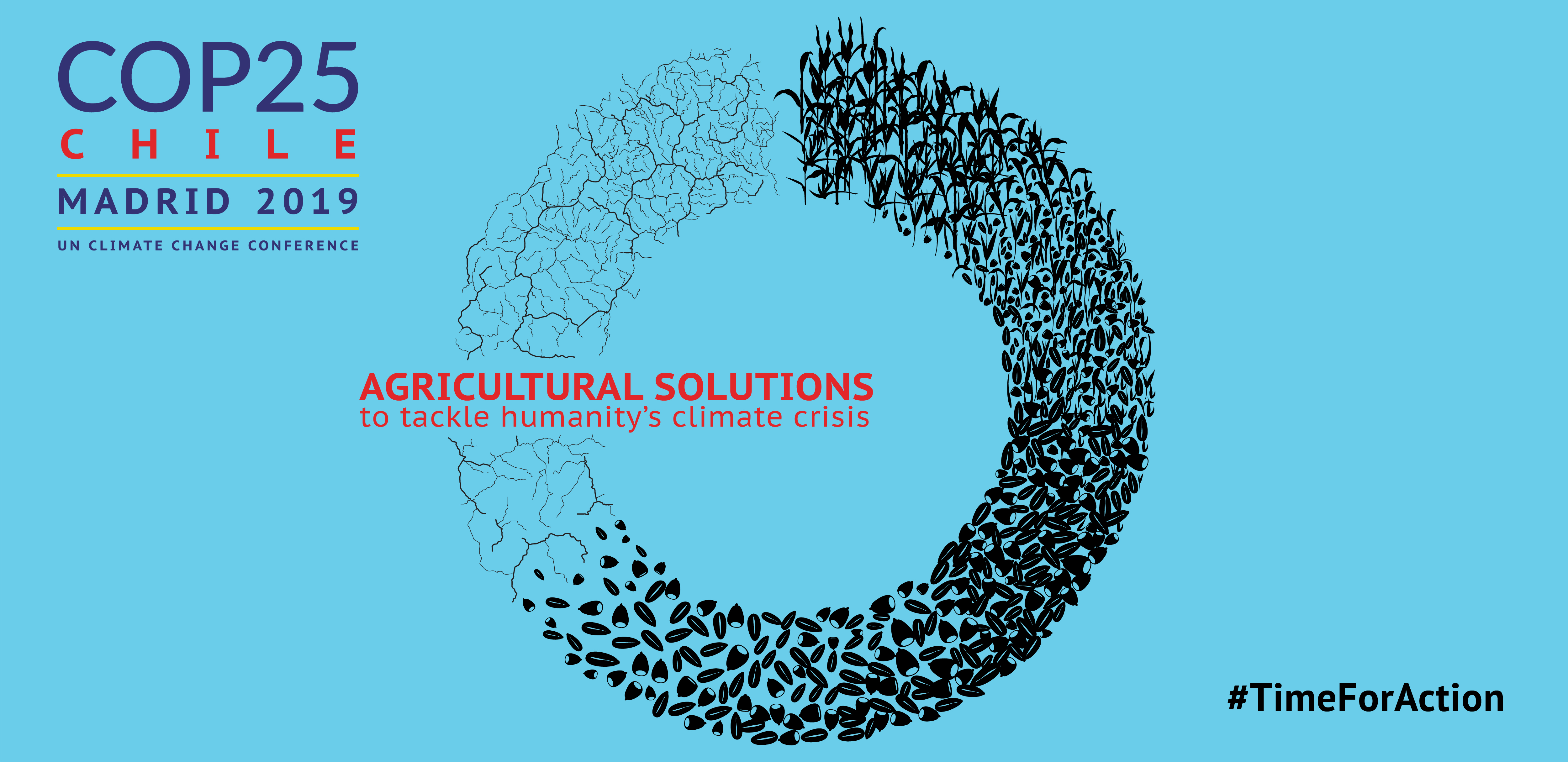Several recent studies document the long-term health and economic benefits from the “Green Revolution” — the widespread adoption of high-yielding staple crop varieties during the last half of the 20th century — and argue for continued investment in the development and use of such varieties.
Analyzing data relating to more than 600,000 births between 1961 and 2000 across 37 developing countries, scientists led by the World Bank’s Jan von der Goltz found that the diffusion of modern crop varieties during the Green Revolution reduced infant mortality by 2.4 to 5.3 percentage points.
“Our estimates provide compelling evidence that the health benefits of broad-based increases in agricultural productivity should not be overlooked,” the authors state. “From a policy perspective, government subsidies for inputs leading to a green revolution as well as investments in extension and R&D programs seem to be important.”
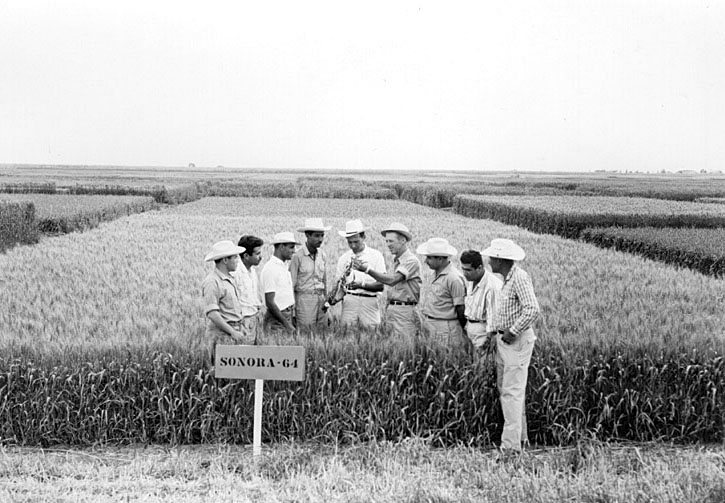
The COVID-19 pandemic exposed the fragility of the global food system and the need to transform it, increasing its environmental and economic resilience to withstand future threats, and underpinning healthier diets. The studies suggest that improved versions of cereal crops such as rice, wheat, and maize can play a key role.
“Our work speaks to the importance of supporting innovation and technology adoption in agriculture as a means of fostering economic development, improved health, and poverty reduction, said author Jan von der Goltz. “It also suggests that it is reasonable to view with some alarm the steady decline in funding for cereal crop improvement over the last few decades in sub-Saharan Africa, the continent with least diffusion of modern varieties.”
Likewise, a study co-authored by Prashant Bharadwaj of the University of California, San Diego, concluded that farmer adoption of high-yielding crop varieties (HYVs) in India reduced infant mortality dramatically across the country. Between 1960 and 2000, infant deaths dropped from 163.8 to 66.6 per 1,000 live births, and this occurred during the decades of India’s wheat productivity leap from 0.86 to 2.79 tons per hectare, as a result of HYV adoption and improved farming practices.
“What both of these papers do is to carefully establish a causal estimate of how HYVs affect infant mortality, by only comparing children born in the same location at different points in time, when HYV use was different, and by checking that mortality before arrival of HYVs was trending similarly in places that would receive different amount of HYVs,” Bharadwaj said.
“In the absence of a randomized control trial, these econometric techniques produce the best causal estimate of a phenomenon as important as the spread of HYVs during and after the Green Revolution,” he added. These thoughts were echoed by University of California San Diego professor Gordon McCord, a co-author of the global study.
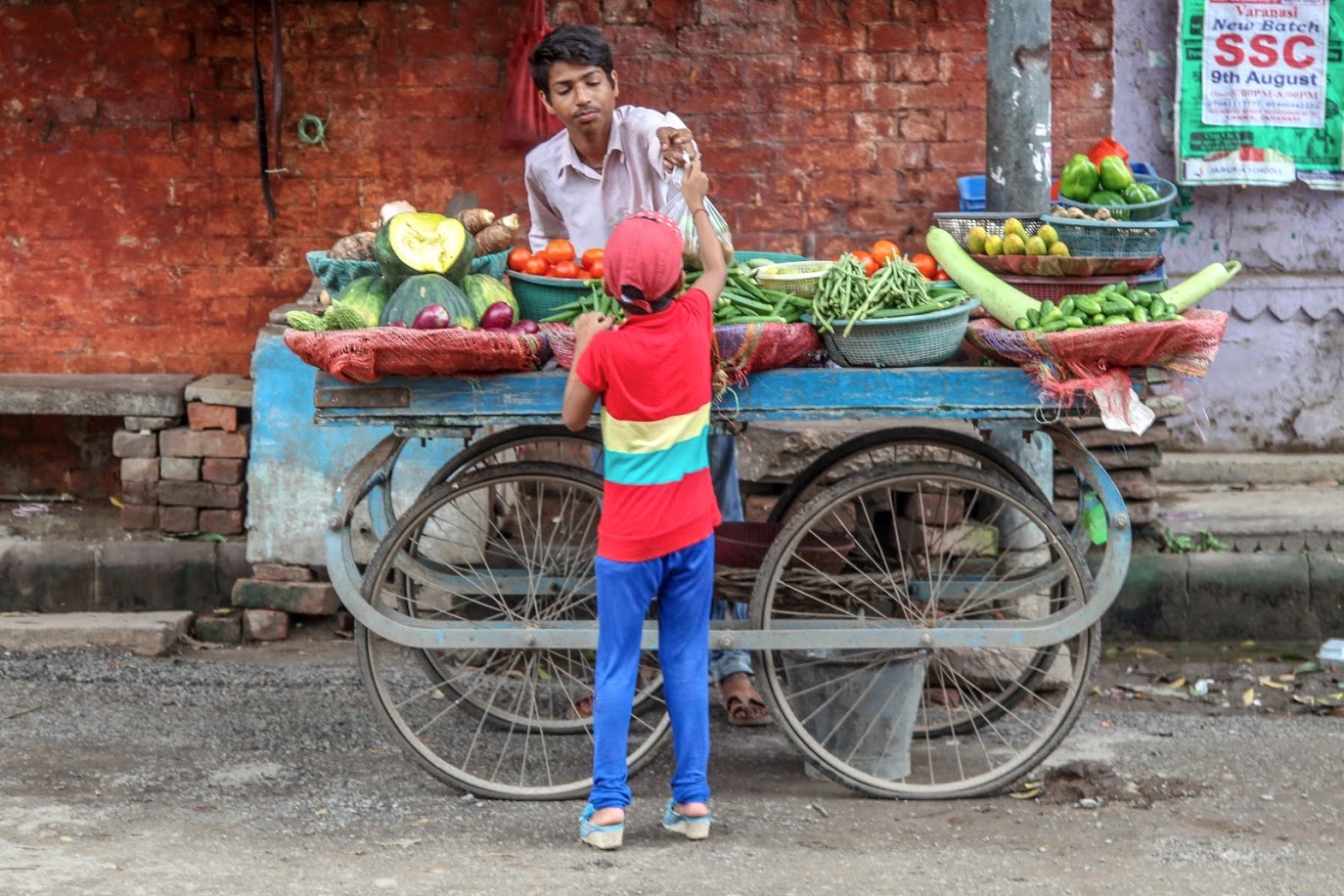
Many knock-on effects
Recent studies indicate that the Green Revolution also had long-term economic impacts, which also affected health outcomes.
In a 2021 update to the 2018 paper “Two Blades of Grass: The Impact of the Green Revolution,” Douglas Gollin, Professor of Development Economics at Oxford University and co-authors found that, in 90 countries where high-yielding varieties were adopted between 1965 and 2010, food crop yields increased by 44% and that, had this adoption not occurred, GDP per capita in the developing world could be half of what it is today.
Even a 10-year delay of the Green Revolution would, in 2010, have cost 17% of GDP per capita in the developing world, with a cumulative GDP loss of $83 trillion, equivalent to one year of current global GDP.
These GDP and health impacts were boosted by a related reduction in population growth. By observing causal inference at country, regional and developing world levels, and using a novel long-term impact assessment method, the study authors detected a trend: as living standards improved for rural families, they generally wanted to invest more in their children and have fewer.
“Our estimates suggest that the world would have contained more than 200 million additional people in 2010, if the onset of the Green Revolution had been delayed for ten years,” Gollin and his co-authors stated. This lower population growth seems to have increased the relative size of the working age population, which furthered GDP growth.
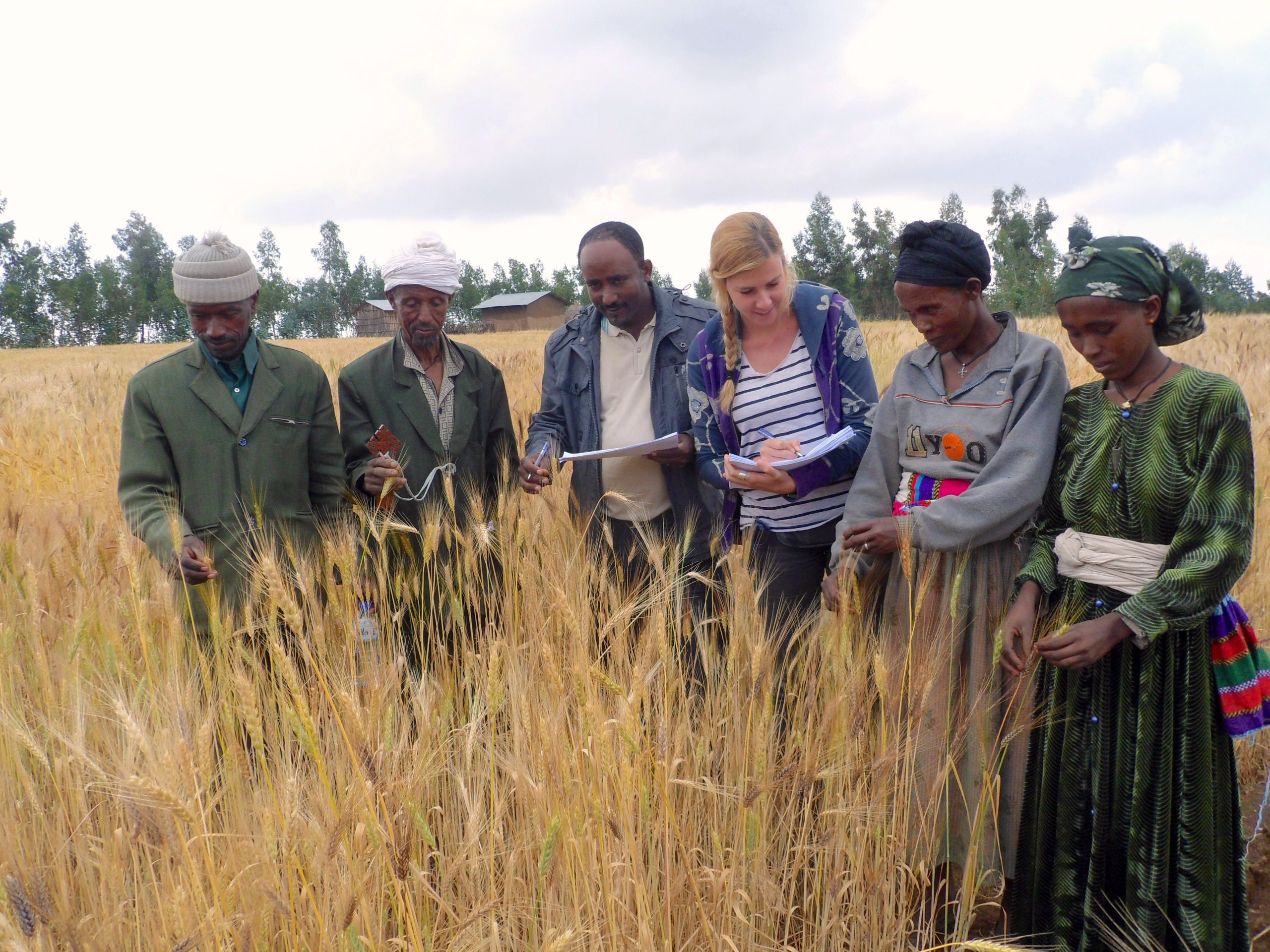
A long-term investment in system transformation
It takes time from the point of an intervention to when broad health impacts can be observed in the population, the authors note. For example, although the development of modern high-yielding varieties began in the 1950s and 60s, the rate of adoption did not speed up until the 1980s, 1990s, and even into the 2000s, with evidence from sub-Saharan Africa showing that variety adoption has increased by as much in the 2000s as in the four preceding decades.
In addition, any nutrition and food security strategy which aims to reach the second Sustainable Development Goal of feeding 9 billion by 2050 must incorporate wider system transformation solutions, such as zero-emissions agriculture, affordable, diverse diets and increased land conservation.
As Gollin explained, “The Green Revolution taught us that we need to approach productivity increases, especially in staple crop yields, differently. The challenge now is more complex: we need to get the same productivity increases, with fewer inputs and resources, more environmental awareness, and in larger quantities for more people.”
In part, this means increasing productivity on existing agricultural land with positive environmental and social impacts, according to Bram Govaerts, director general of the International Maize and Wheat Improvement Center (CIMMYT).
“Breeding and sharing more productive, hardy crop varieties is as important as ever,” Govaerts said, “but also engaging farmers — in our case, smallholders — in shared research and innovation efforts to bridge yield gaps, build climate-resilient farming systems, and open access to better nutrition and market opportunities.”
Cover photo: Children eat lunch at a mobile crèche outside Delhi, India. (Photo: Atul Loke/ODI) (CC BY-NC 2.0)
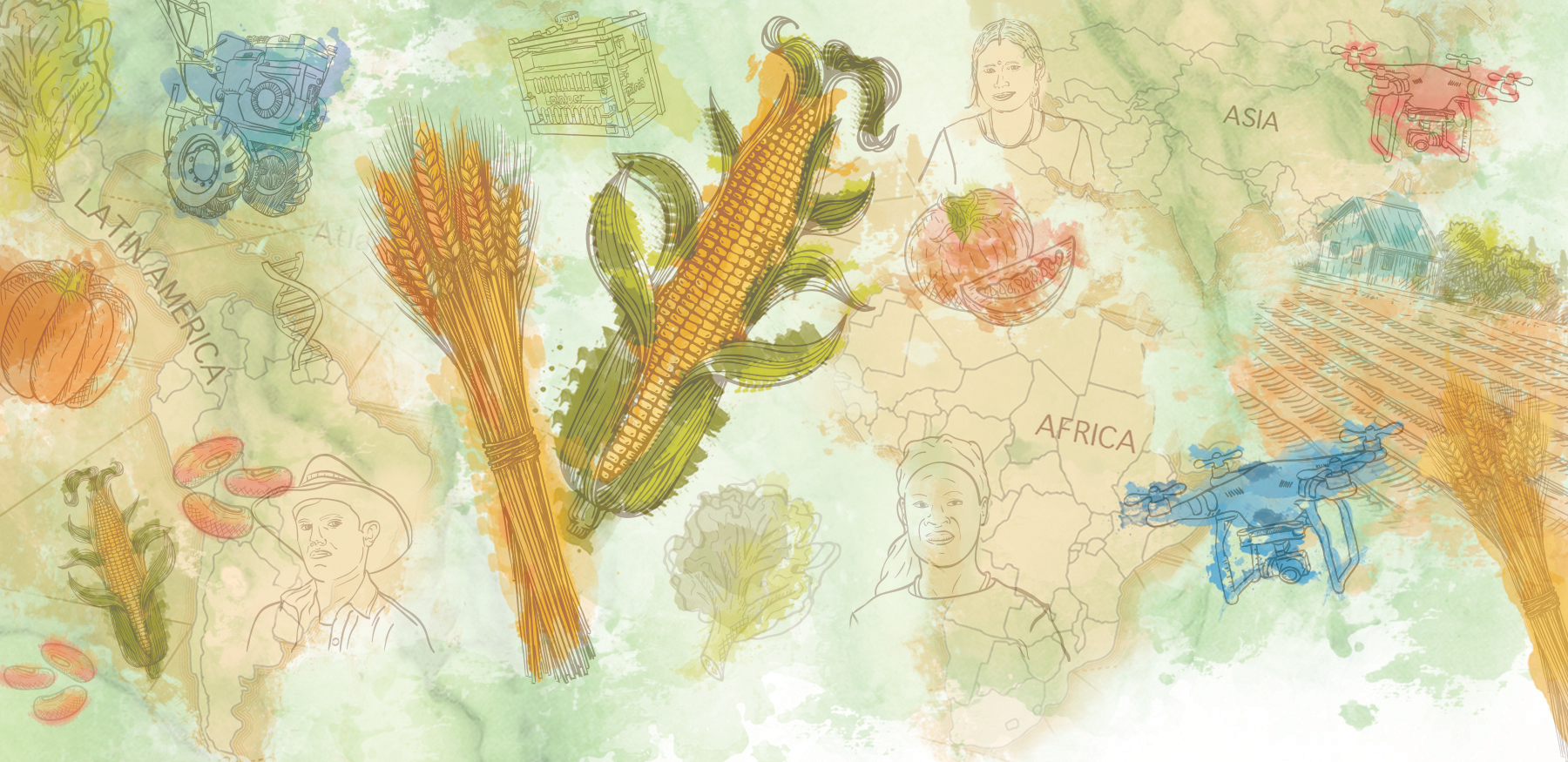
 Innovations
Innovations 